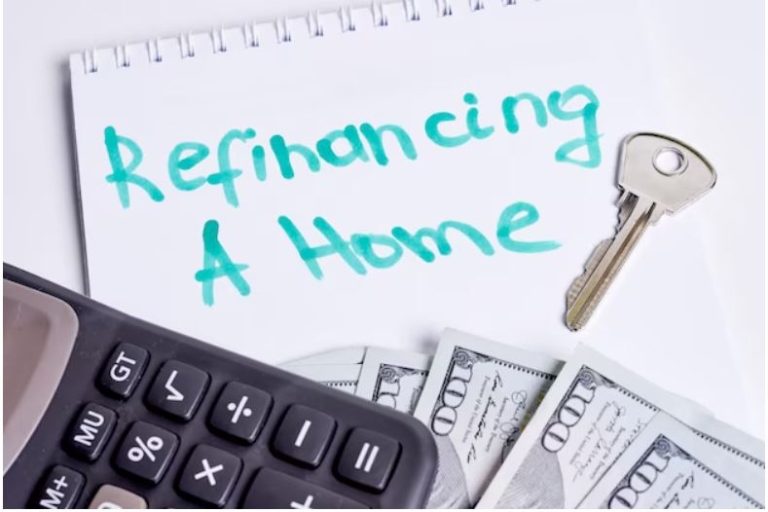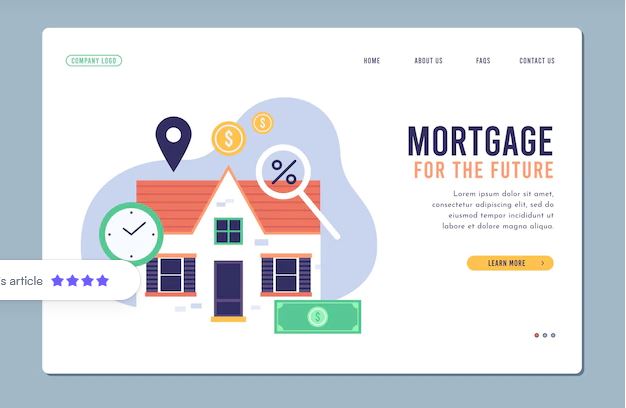Reverse Mortgage: How to Avert Financial Messes
Reverse mortgages are a type of home equity loan that allows you to earn interest on the equity in your home. The interest is typically taxable, so it’s important to understand how this works with your finances. A reverse mortgage is a tool that many people use to help fund their retirement. By putting down a small initial down payment and allowing others to extend their credit card or line of credit, these loans can be used as an affordable way to build wealth. Depending on the terms of the loan, some reverse mortgages may also be used for retirement purposes. In this article, we explain what a reverse mortgage is, why you might want one, and how you can avoid financial messes with a reverse mortgage.
What Is a Reverse Mortgage?
A reverse mortgage is a type of mortgage that allows you to earn interest on the equity in your home. In a traditional mortgage, you borrow money and make payments back to the lender over time. With a reverse mortgage, however, you don’t borrow money and make regular payments to the lender until your home is sold. In this case, the homeowner loan repossession service (usually a third-party lender) takes all of your monthly payments and converts them to cash. The lender then receives all of the cash from the homeowner and then gets their equity back.
Why Get a Reverse Mortgage?
The main reason to get a reverse mortgage is to help you fund your retirement. By putting down a small initial down payment and allowing others to extend their credit card or line of credit, these loans can be used as an affordable way to build wealth. Depending on the terms of the loan, some reverse mortgages may also be used for retirement purposes. When someone gets a reverse mortgage, they are typically advised to make sure they have a solid retirement plan in place. While it’s not required, it’s a good idea to have a back up plan. In general, someone who is planning on carrying a large amount of debt should seriously consider a reverse mortgage.
The Different Types of Reverse Mortgage
There are many different types of reverse mortgages. Here are a few of the most common: HELOC (Home Equity Line of Credit) – The borrower takes out a Home Equity Line of Credit (HELOC) loan and makes regular monthly payments. The lender gets the equity from the home at the borrowers expense, and then the borrower gets their money back. This is the most common type of reverse mortgage. HELPPO (Home Equity Pawned Party) – This type of reverse mortgage lets you retain a portion of your home equity after foreclosure. The borrower keeps the equity, and then the lender gets their money back. This is another common type of reverse mortgage. Ladder- heloc – A borrower gets a lower interest rate on the HELOC loan if they default on payments. This is the least popular type of reverse mortgage.
Pros and Cons of Reverse Mortgages
There are a few things to consider before deciding which type of reverse mortgage is right for you. The most important one is your budget. Depending on how you plan on using your reverse mortgage, you’ll want to get it into perspective. There are many different types of reverse mortgages, and the one you choose will depend on your individual circumstances. For example, someone who is saving for a major purchase and wants to be able to take the money out of their account whenever they want will probably want a HELOC loan. On the other hand, someone who plans to use their reverse mortgage to buy a house and then flip the property may be better off with a HELPPO loan.
Conclusion
Reverse mortgages are a type of loan that allows you to earn interest on the equity in your home. The interest is typically taxable, so it’s important to understand how this works with your finances.
Find out more about How Liberty Mutual Life Insurance Can Help You Save For Your Retirement.



